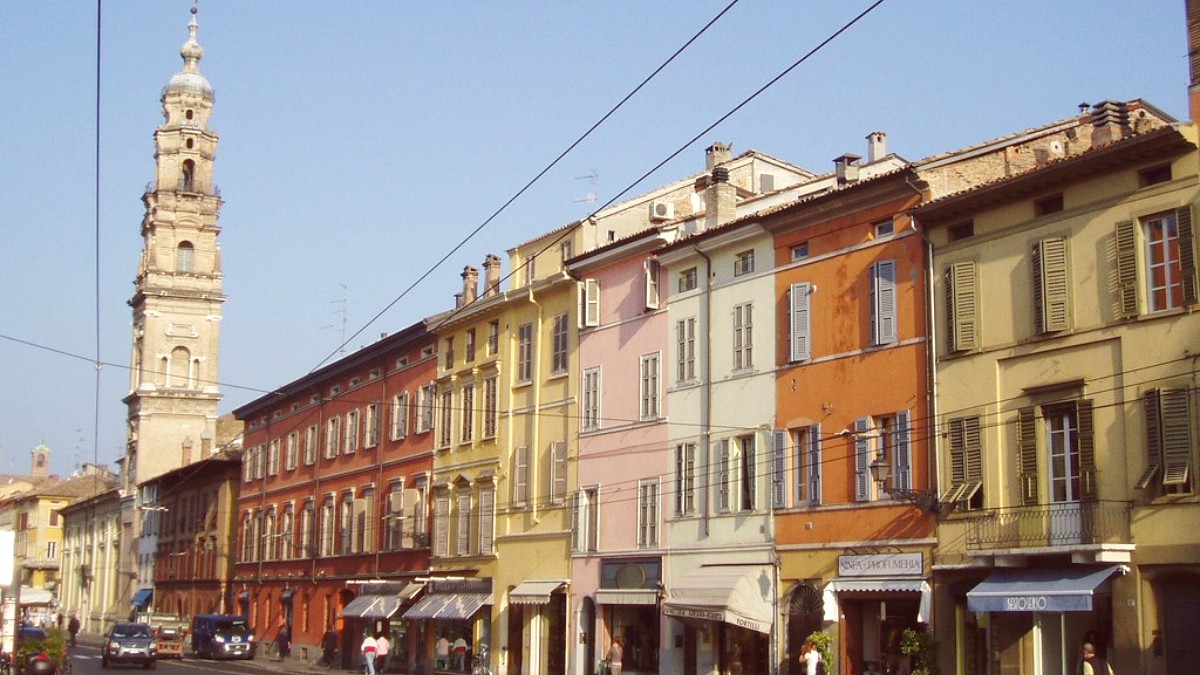
Emilia Romagna And San Marino, Italy
This guide details comprehensive information to help you prepare for and enjoy your time in this charming Italian city.
Parma sits squarely in the Po Valley, a vast, fertile plain stretching across northern Italy. This location, nestled between the Apennine mountains to the south and the Po River to the north, shapes many aspects of the city's character. The flat terrain of the valley makes Parma an ideal city for walking and cycling, with numerous bike paths crisscrossing its urban landscape and extending into the surrounding countryside.
The city itself is bisected by the Parma River, a smaller waterway that flows through its center, contributing to the city's overall charm. The fertile lands surrounding Parma are the very foundation of its culinary fame.
Parma's history stretches back to antiquity, with settlements from the Bronze Age. The Romans established a colony here in 183 BC, naming it Parma. Its position along the Via Aemilia gave it early strategic importance. Throughout the Middle Ages, Parma flourished as a free commune and a center of religious power. The city later became part of the Papal States before entering a period of great artistic and cultural growth under the rule of the Farnese family.
A distinguished period arrived in the 19th century when Marie Louise of Austria, Napoleon Bonaparte's second wife, became Duchess of Parma. Her reign, from 1816 to 1847, brought modernization and cultural refinement. She introduced street lighting, hospitals, and fostered the city's artistic life, becoming a much-loved figure. Her legacy is visible in the city's public works and cultural institutions.
Offers an authentic Italian experience beyond well-trodden paths.
Where food transcends sustenance and is an art form.
A city of quiet grandeur and profound cultural heritage.
Feels both grand in its history and intimately local in its daily life.
For those who appreciate history, art, and exceptional food.
The pace of life in Parma is generally slower and more relaxed compared to larger Italian cities. This opens opportunities for leisurely strolls through the historic center, time in elegant parks like Parco Ducale, and absorption of the local atmosphere.
Public transportation functions well, centered around a bus network. The city’s compact size means much of it is easily explored on foot or by bicycle.
Accommodation options range from charming B&Bs to luxury hotels, catering to various preferences and budgets.
Parma is a welcoming city. While Italian is the main language, English is widely understood in tourist-oriented areas.
Parma appeals to travelers seeking an authentic Italian experience beyond the well-trodden paths of Rome or Florence. It is a city where food is not just sustenance but a way of life, an art form, and a source of immense regional pride.
Expect opportunities to taste, learn about, and purchase world-class Parmigiano Reggiano and Prosciutto di Parma. The city offers an array of traditional trattorias and osterias serving hearty, flavorful Emilian cuisine.
World-class Parmigiano Reggiano and Prosciutto di Parma awaits.
Parma Cathedral, Baptistery, and Palazzo della Pilotta are highlights.
The Teatro Regio is one of Italy's respected opera houses.
Beyond its culinary fame, Parma is a treasury of art and architecture. The Parma Cathedral, with its breathtaking Correggio frescoes, and the adjacent octagonal Baptistery, a medieval art example, are must-see landmarks.